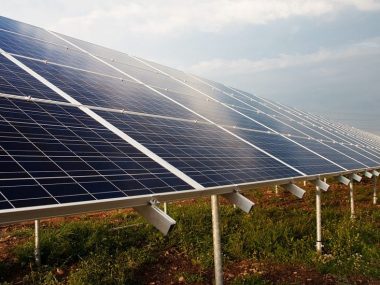- Harnessing nature’s power is a bold endeavor, and solar energy stands out among others as a shining example of what’s possible. Clean, abundant, and increasingly within our grasp, solar installations offer a glimmer of hope for a sustainable years to come.
- Yet, the thought of unpredictable weather patterns can cast a shadow of doubt on the reliability of solar energy. How does a raining cloud or sudden a cloudy sky affect the energy you count on every day? If you’re wrestling with concerns about how bad weather might impact your solar energy output, you’ve come to the right place.
- This guide is designed to illuminate the effects of different weather conditions on your solar panels. it will equip or assist you with the knowledge to harness the sun’s power, come rain or shine. Scrol through, and we’ll shine some light on the matter.










